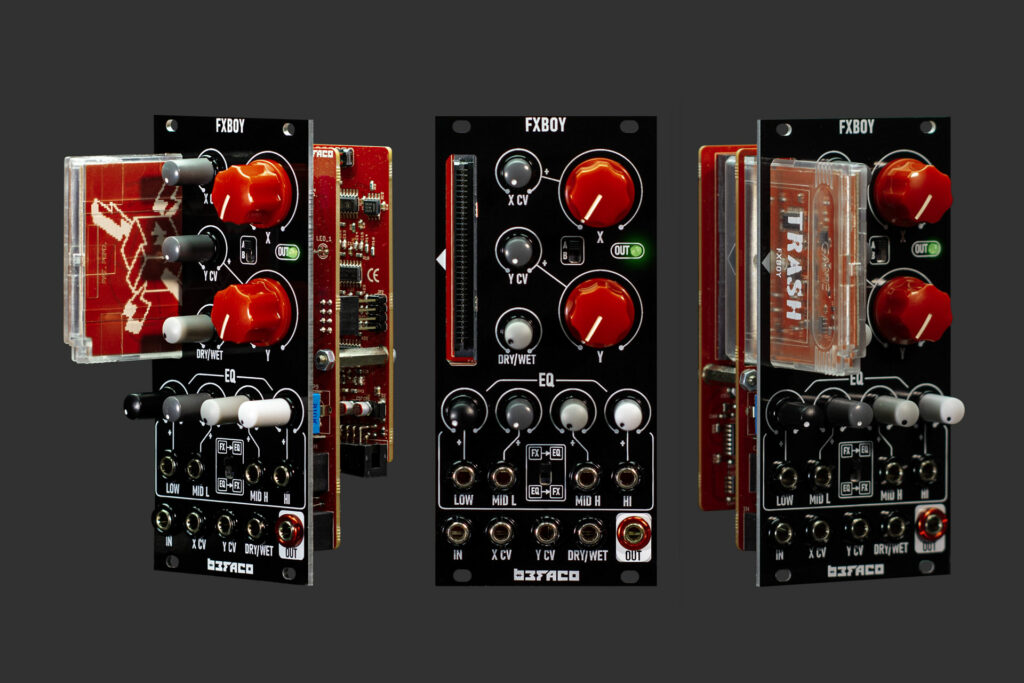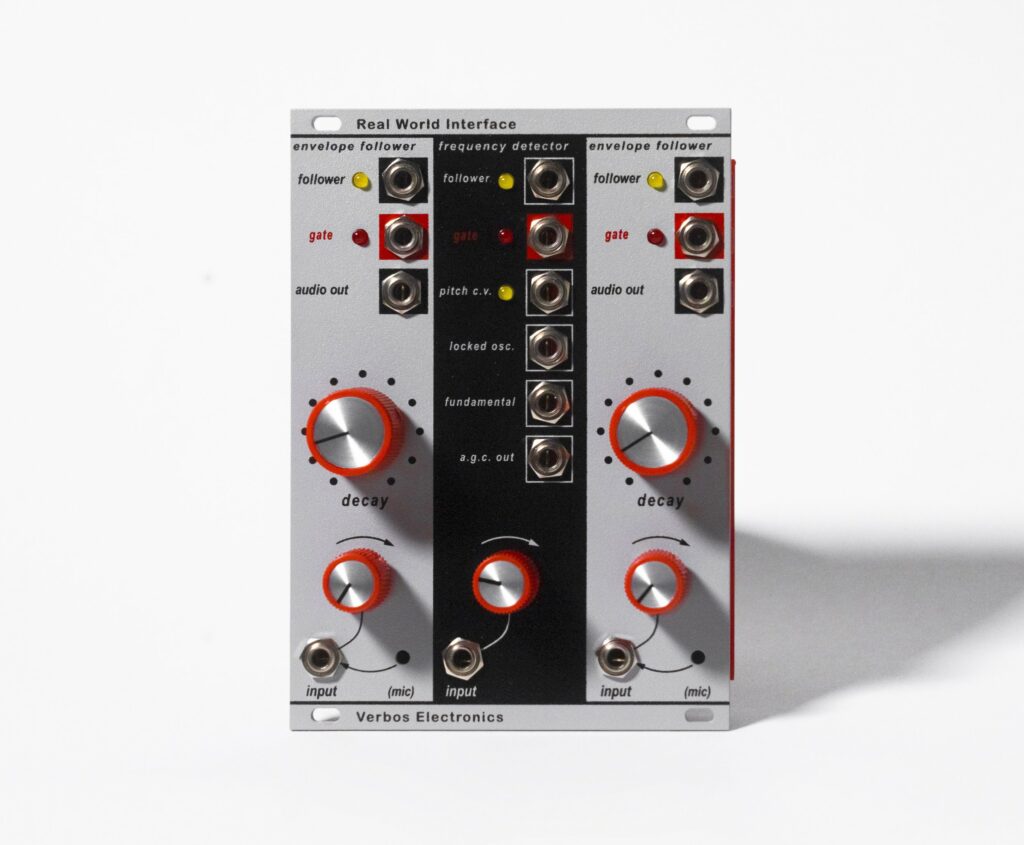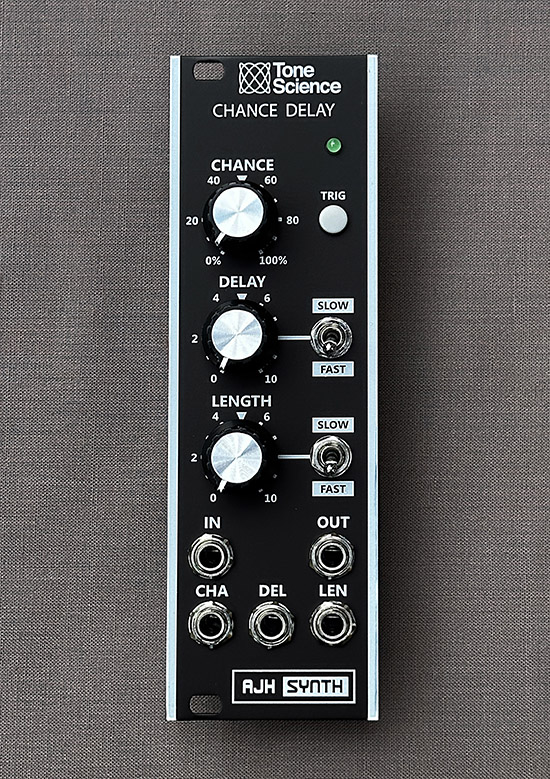November 2023 Eurorack round-up
This month’s best new modules include Befaco’s unique GameBoy-based effects, Verbos’s ’semi-chaotic’ Real World Interface and SoundForce’s take on the classic Juno chorus.

Those of a certain age will get an immediate rush of Proustian nostalgia as soon as they open the box containing Befaco’s FX Boy’s module. It’s a great concept, this one, consisting of a hardware platform designed to host hot-swappable effects hosted on Nintendo GameBoy cartridges. The effects themselves are designed by a select roster of “crazy people” invited by Befaco, offering up a nicely eclectic selection of seven hot-swappable effects all built onto those distinctive carts.
Swapping the cartridges seems like a bit of a gimmick at first glance, when surely you could just stick all the effects on an SD card or something, but these aren’t just digital algorithms. Each cartridge contains different electronic components – mostly analogue – which plug in to the main FX Boy module and define the behaviour of the effect. With a few adjustable, CV-controllable parameters per effect and CV-controlled four-band EQ, there’s plenty of versatility here. Highlights of the main effects include Making Sound Machines’s vibey, Buchla-inspired Analog Wavefolder and Feedback Modules’s juicy vintage Flanger, but it’ll be interesting to see how many more options get added to this unique multi-FX platform. Great stuff.

Verbos Electronics pitch up this month with the Real World interface, a neat module which is effectively three distinct circuits for processing sounds from outside of your Eurorack system. The two outer channels are envelope followers, both with a built-in condenser microphone or the option to plug in a mic through the built-in pre-amp. You’ve got adjustable decay and the option to extract a gate signal, but otherwise that aspect is relatively simple.
The central frequency detector channel is where the Real World Interface really shines. In classic Verbos style, it takes quite a straightforward idea and delivers it in a painstakingly well thought-out way, deriving a pitch CV signal from the input via an automatic gain control (high ratio compressor), fundamental extractor (pitch-tracking low-pass filter) and then controlling a sine wave oscillator, all with their own separate outputs. This isn’t a cheap module by any means, but with Verbos you’re paying for some of the most carefully considered, lovingly crafted designs in Eurorack. There are plenty of more affordable envelope followers around, but it’s that central frequency detector which makes the Real World Input special, whether you choose to use it as a monophonic pitch control for other modules or get more experimental and use it as what Verbos describe as a ‘semi-chaotic’ CV source.

Another collaboration with UK synth royalty Ian Boddy of Tone Science fame, the Chance Delay is AJH’s latest offering. AJH say it’s a unique concept in Eurorack and we’re inclined to agree, which makes it all the more surprising that no one’s explored this idea before. In reductive terms it’s a randomness generator, taking an incoming pulse signal and processing it with a chance between zero and 100%. There’s much more to it than that, though, with delay and length control plus CV control of everything. Clever and singular.
You know what you’re getting with SoundForce’s Eurorack modules. Heavily inspired by Roland’s classic vintage synths and drum machines, this is a brand which continually serves up retro-flavoured offerings. The µChorus 6 is a pretty simple affair, a more basic version of the larger Chorus 6, but no less effective for it. Based on the chorus circuits from the classic Juno synths (no relation), this is all about that glorious 80s bucket brigade analogue sound. Controls are kept about as basic as it gets, in keeping with the original circuits on the Juno-6 and -60, but you get a range of different effects here, including stereo effects. The module is built around the Xvive MN3009 chip and features the same circuit as the original Juno chorus, so you know what kind of sound you’re getting: gloriously retro, swirling chorus and magical shimmer that works perfectly on pads, acid patterns or that iconic Larry Heard bass.
Greg Scarth